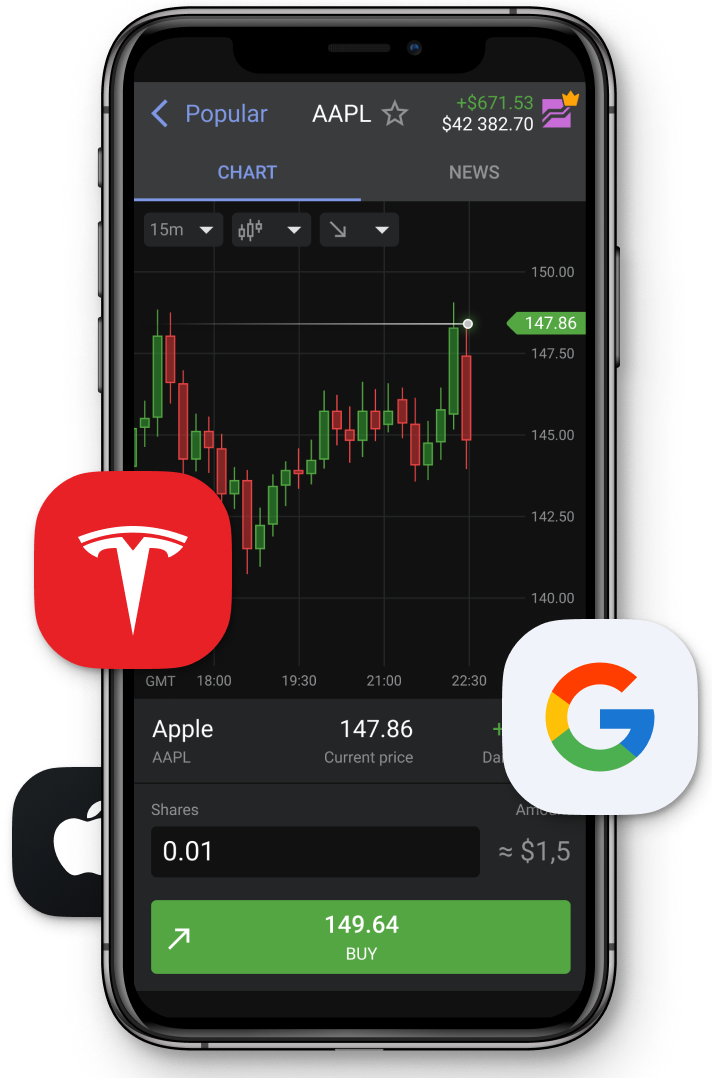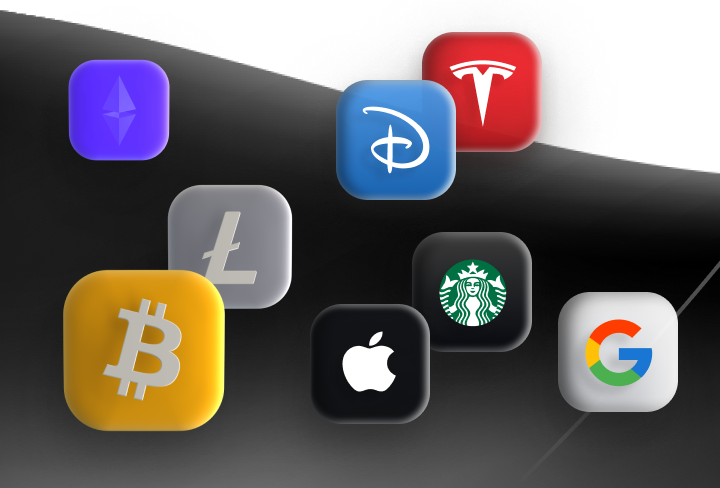In a world of cryptocurrencies, ETFs and 10x growth for tech stocks, many investors had written gold off as outdated. But the hot inflation and tight monetary policy of the past few years have seen this neglected yellow metal outperform some of the younger, more exciting asset classes. Gold currently sits at a very healthy $3,68.30 per Troy ounce as of the time of writing on 11 September after correcting slightly from its latest all-time high of $3,683.18 that it reached earlier this week. This marks a nearly 100% increase in just under three years, with gold's YTD gains standing at an extremely respectable 40%, which is around four times more than the S&P 500 has managed since January.
There are multiple reasons for gold's seemingly unstoppable ascent. From lingering inflation and a troubled labour market to a weak, unattractive US dollar and increased stockpiling by governments and private investors alike. In this piece, we'll seek to assess all of these factors and more as we discuss where the price could be headed in the rest of the year and beyond.
Number crunching
Sticky US inflation over the past few years has undoubtedly been responsible for much of gold's rise, with price pressure still significantly above the Federal Reserve's 2% target rate even today. The Consumer Price Index data planned for release on 11 September will certainly draw investors' attention, though expectations are positive following the Producer Price Index figures on 10 September showing a drop of 0.1% in August. Trump seized on this low producer inflation to demand a "big" rate cut from Fed Chair Jerome Powell, whom he mockingly called "Too Late". And despite Powell's insistence not to cow to Trump's pressure, it does seem that the Fed is finally ready to begin cutting rates.
According to the CME Group's FedWatch tool, traders estimate the chance of a 25-basis-point rate cut at the Fed's upcoming meeting at 89.4%, with a 10.6% probability of an even more aggressive 50-basis-point cut. However, economists have warned about complacency lest the post-pandemic period's high rates of inflation should return. Consumer prices are predicted to have advanced 2.9% on a year-over-year basis in August, up from a 2.7% rise in July. Meanwhile, core CPI inflation is predicted to have increased 0.3% for a second consecutive month. A rate-cutting campaign in the final quarter of the year could certainly accelerate this price pressure, which would undoubtedly be good for gold, which is a classic inflation hedge. And as T-notes and dollar savings inevitably become less yielding in the lower-rate environment, this will only compound the demand for the yellow metal.
New world order
It hasn't gone without notice that the US has been gradually losing influence and soft power for some time now. This process has accelerated rapidly since Trump's ascent to the presidency. His bombastic geopolitical rhetoric and tyrannical tariffs have not only affected general confidence in international trade and commerce — which alone would typically imply a flight to haven assets like gold — it has also undermined the stability and dependability of the US itself and, by extension, its national currency. Since Trump took office, the US dollar has lost over 10% against major competitors like the euro and the pound sterling, as the traditional liquid safe harbour of the greenback has been called into question by the unpredictability of the current administration.
That has left only one realistic option for many investors: gold. Foreign governments and international financial institutions, too, have shunned the much-less-reliable dollar, opting instead to build up their precious metals and cryptocurrency reserves instead. Once the biggest buyer of US Treasury bonds, China has now added to its gold reserves for the tenth consecutive month. According to an Official Monetary and Financial Institutions Forum (OMFIF) survey of 75 central banks conducted last month, in addition to massive increases in purchases of gold, last year's most popular currency, the dollar, fell to seventh place this year, with the yuan and euro topping the list of preferred fiat currencies. As the Fed begins its softening cycle this month, it's hard to see how USD will become more attractive. As such, we would be wise to expect increased demand for gold.
Trade gold and more CFDs with Libertex
With Libertex, you can trade CFDs on a wide variety of assets from stocks, indices, and ETFs to currencies, crypto, and, of course, commodities. In addition to gold (XAUUSD) and silver (XAGUSD), Libertex also offers CFDs on a varied range of other commodities. For more information or to create a live trading account of your own, visit www.libertex.org/signup today!





